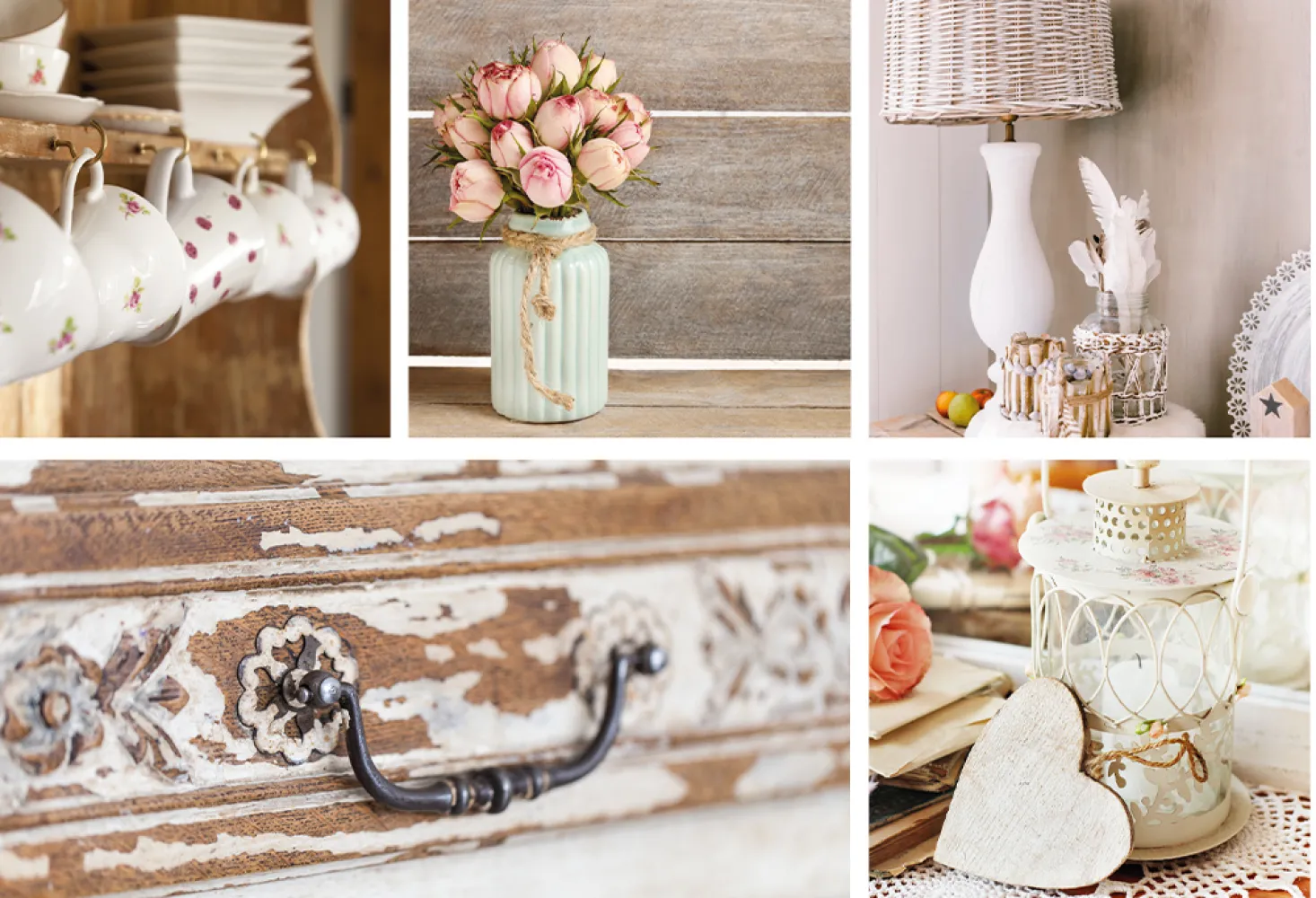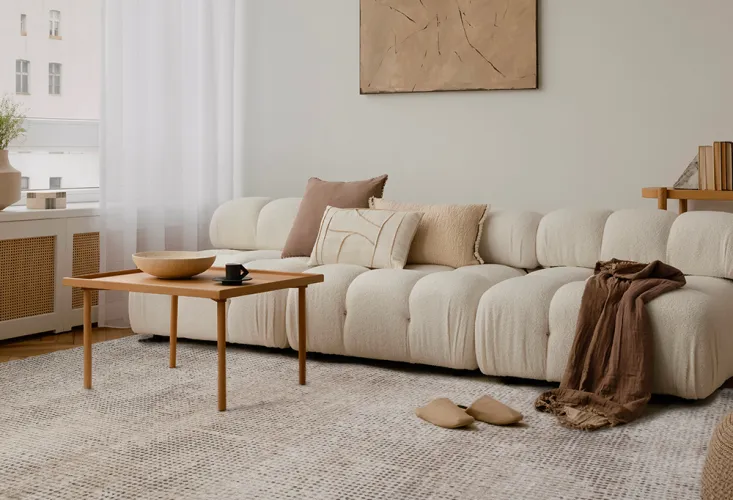
WHAT IS SHABBY CHIC? HISTORY, CHARACTERISTICS AND SOME EXAMPLES
The Shabby Chic style is one of the most fashionable and interesting trends in interior design. Not just a style,the Shabby is a kind of philosophy of life that embraces various spheres such as environmental awareness, creativity and the reuse of materials and furniture.
In this blog, in which we offer advice and ideas regarding the fascinating world of carpets, we often come across certain products that relate directly to certain styles or trends. For example, we have talked about the choice of the perfect kitchen mat or the idea of buying a round bathroom mat rather than a rectangular one, highlighting all the pros of one choice or another.
In this post we have decided to take an overview of the "Shabby Chic" style, which in recent years has become more and more popular thanks also to a renewed sensitivity to environmental and recycling issues.
This is why we decided to take a closer look at the origin of the name and style, the colours that characterise the Shabby style and what the main creative features are.
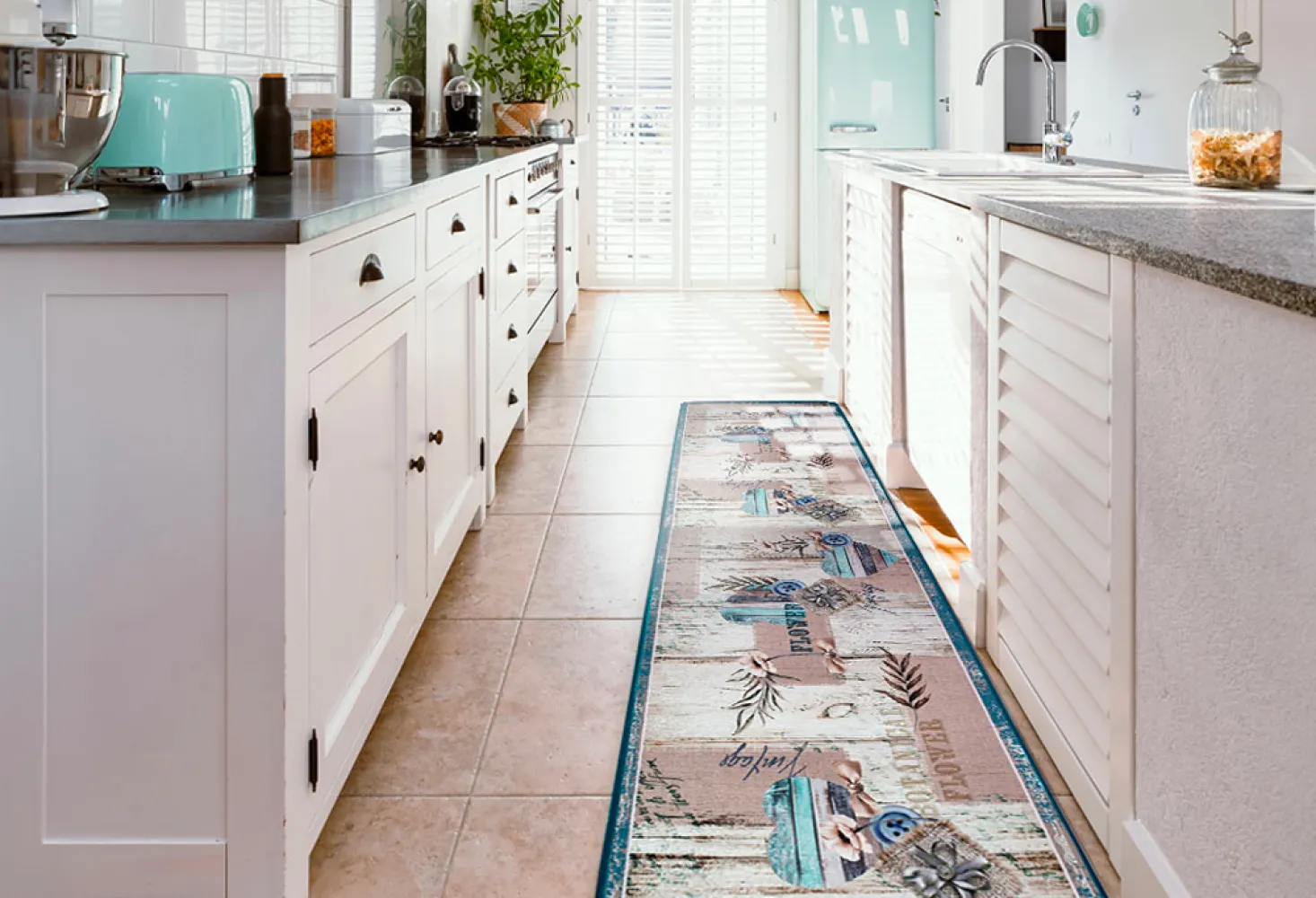
What style is Shabby Chic? The origin, starting with the name, and its diffusion
Literally, or rather in the sense in which we are most interested, the term "Shabby" in English means "shabby", "worn", "used". The phrase 'Shabby Chic', therefore, indicates a style that is elegantly unkempt, used but reminiscent of somewhat romantic atmospheres. In short, objects that have a story to tell, that have been used for a long time and that have a lot to say and to give.
The association of the word with a trend occurred in 1980 when it first appeared in the interior magazine "The World of Interior".
But the "Shabby Chic"style does not only refer to furniture: as a result of the work and proposals of the American designer Rachel Ashwell, who was committed to researching furniture and objects outside the trends, it became extremely popular in the 1990s, so much so that it almost became a current of thought linked to a lifestyle, to habits.
In effect, 'Shabby Style' also indicates a passion for and attention to the reuse of objects and materials, in line also with the growing sensitivity to sustainability but also as a result of the return to craftsmanship in contrast to excessively standardising industrial production processes.
In fact, to bring furniture or objects back to life and give them a "Shabby" vein, it is important, if not fundamental, to have the creativity of expert hands.
So grandma's cupboards are finding new life or second-hand markets are being visited with renewed curiosity and interest.
These are the reasons why the market is being visited with renewed curiosity and interest.
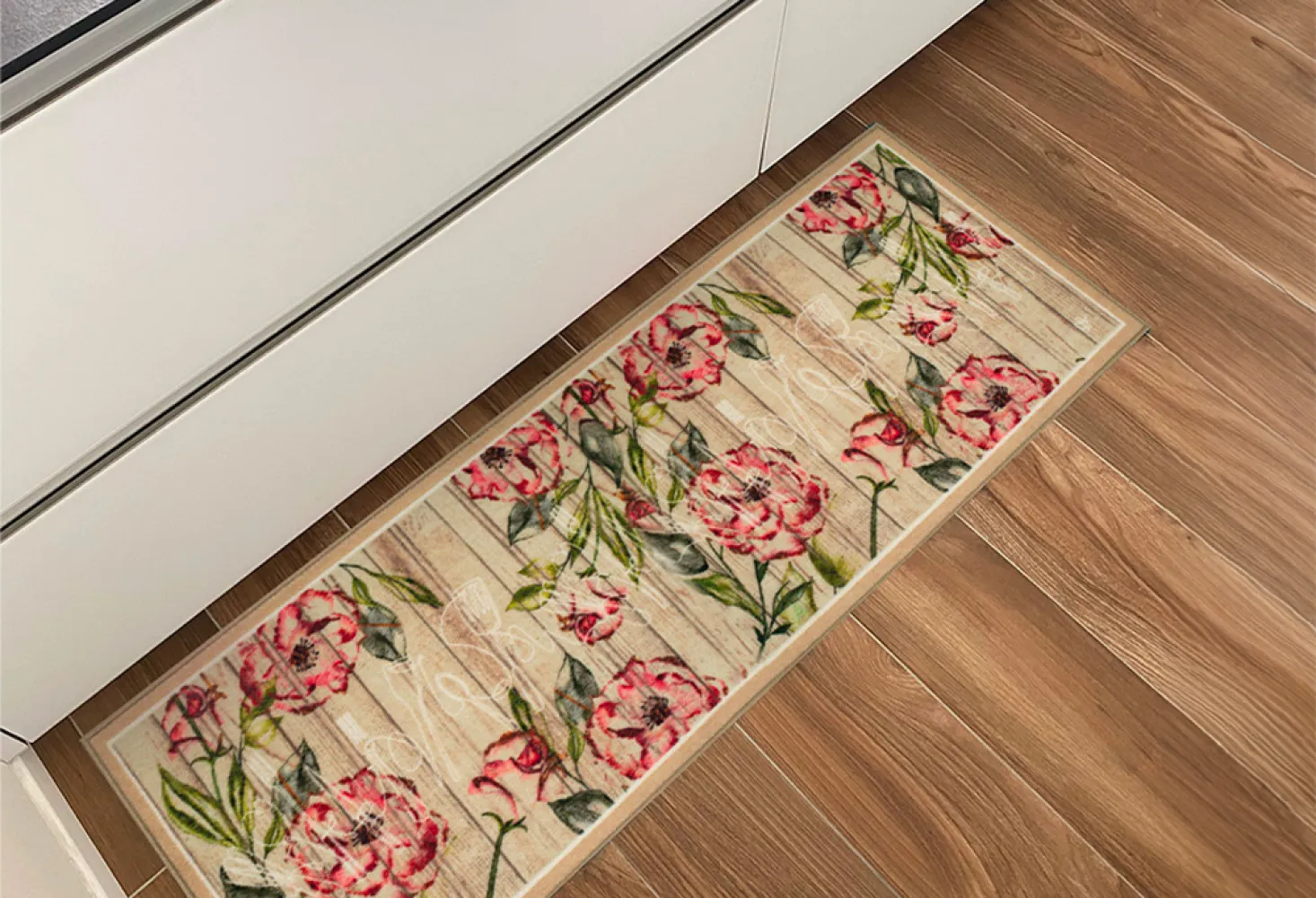
What are the colours of the Shabby Chic style?
Based on its use over time and the fact that it has absorbed wear and tear and lived through countless histories, 'Shabby Chic' furniture is distinguished by the presence of light, soft, pastel colours, perhaps characterised by a 'dusty' or perhaps 'decapated" (an effect that originated from the use in France from the 15th century onwards of washing wood with soda to open the pores and applying lime to disinfect them).
Some of the most popular colours used in the Shabby Chic style are:
- Ivory
- Beige
- Light grey
- Cream
- Off-white
- Pale blue
- Pale pink
- Pearl grey
.
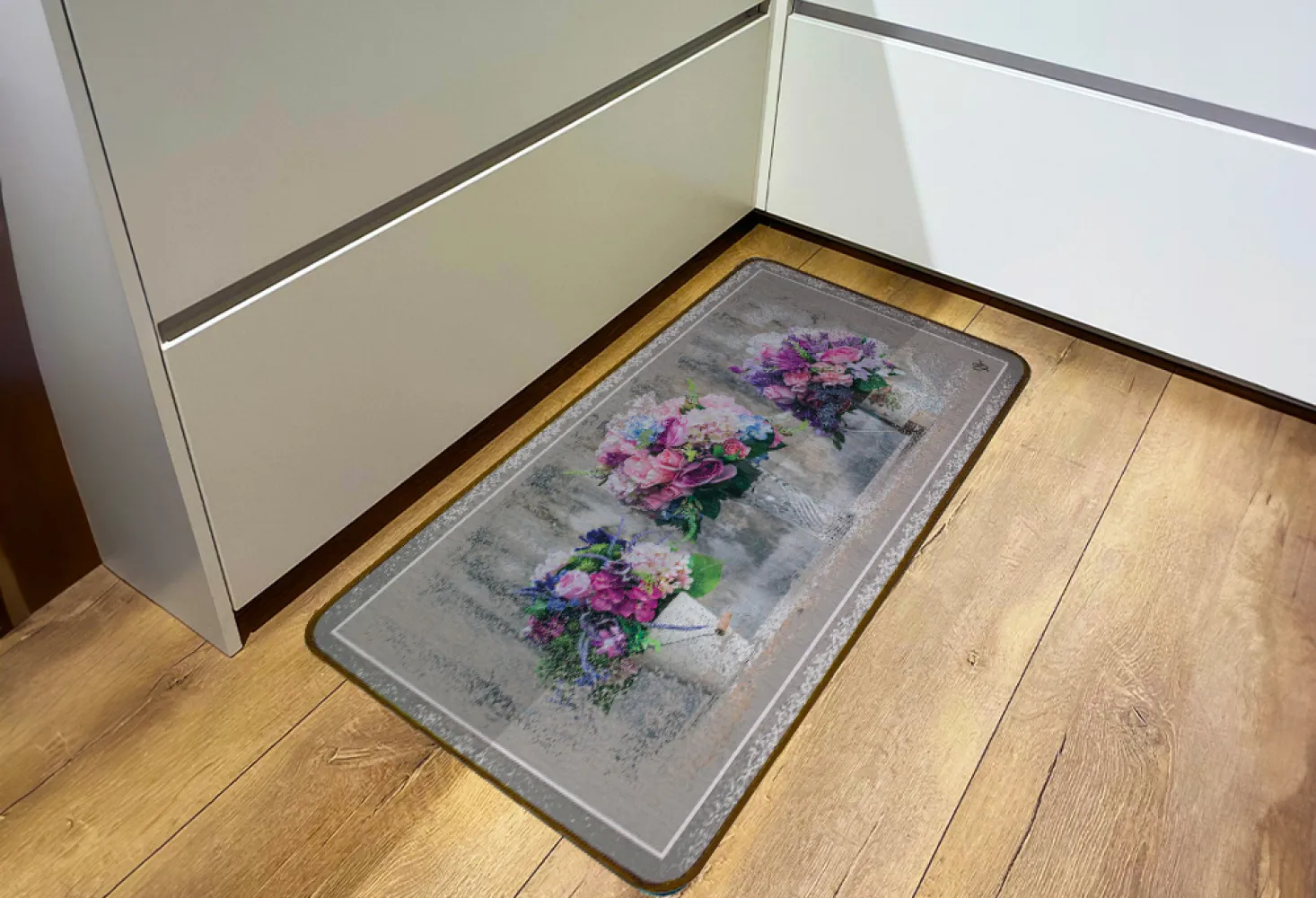
Shabby Chic style in the home: a few examples
The 'Shabby Chic'style is quite well suited to different environments and is enhanced by the use of unusual and striking accessories.
The main trend is to use objects, accessories, furniture and wall colours that create a narrative context, things that speak of themselves, their past history and how, through the creative process of reconversion and reuse, they have been adapted to new and interesting contexts.
For example, a birdcage that becomes a flower stand, the use of wooden crates as holders, reclaimed chandeliers, furniture forgotten in the cellar and brought back to life.
More than a thousand words, here are some pictures.
